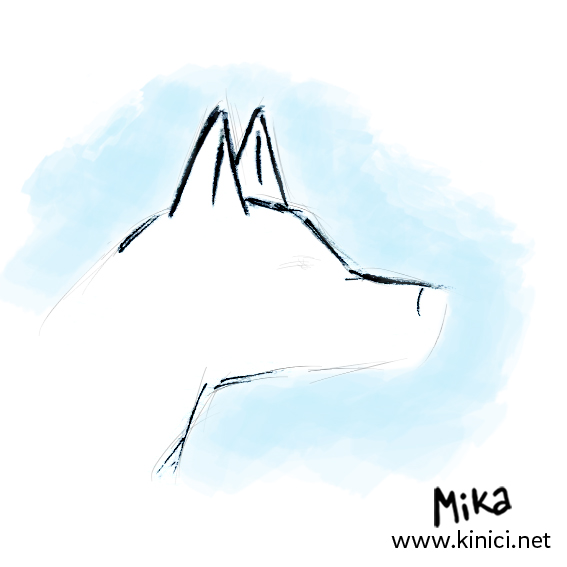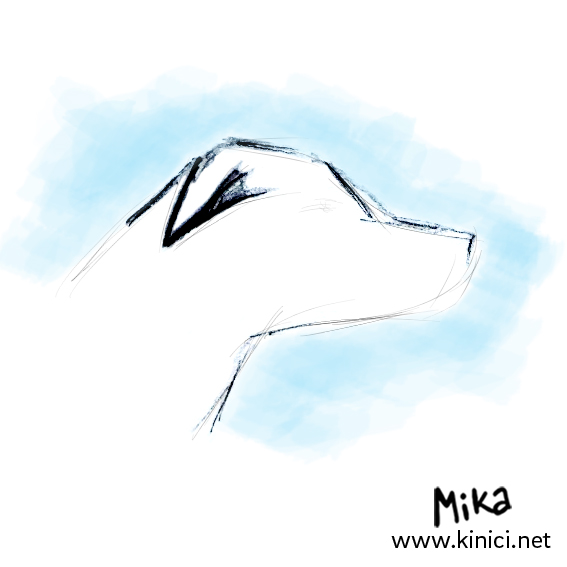Unlike humans, dogs' ears have important role in communication. All wild canids have erect ears, but in domestic dogs there is variety in placement, shape and size of the ears. Some are better in communicating than others. Movement of flopped ears is significantly less visible but far better than ears of breeds that get cropped. It is mandatory to put the meaning of the positioning of dogs' ears in the whole context of dog activity.
Basic positioning of the ears and its meaning:
 1. Upright or slightly tipped forward
1. Upright or slightly tipped forward
a) threat of a confidant dog – this positioning is accompanied by either bared teeth or wrinkled snout or growling or a mixture of all the above. Tail and the rest of the body are in confident or dominant position.
b) interest, focusing – unless the wrinkles on the snout are not present, there is no growling and tail and body are not in a dominant position, it means that the dog is fixated at a certain object, carefully waiting for a specific sound or is focused at some new or unexpected event.
c) interest and curiosity for a new or unusual sound – alongside signals that mean interest and focus, eyes widen up, sometimes accompanied by slow low-set tail wagging, and very often the dog will wiggle its head from one side to another (which is pretty cute), for instance, when it hears a strange sound on television.
 2. Ears pulled back flat against the head
2. Ears pulled back flat against the head
a) submission – with corresponding eye and tail signals, body posture...
b) fear – with corresponding eye and tail signals, body posture... The tail is set lower than when in submission
c) aggression caused by fear – when fear characteristics are accompanied with teeth barring, growling or bristling of the hair.
d) conciliatory posture – signs of aggression are absent, as are body posture and tail wagging as in submissive posture.
